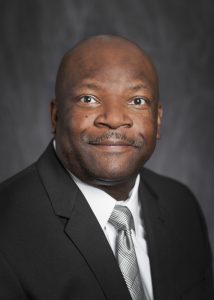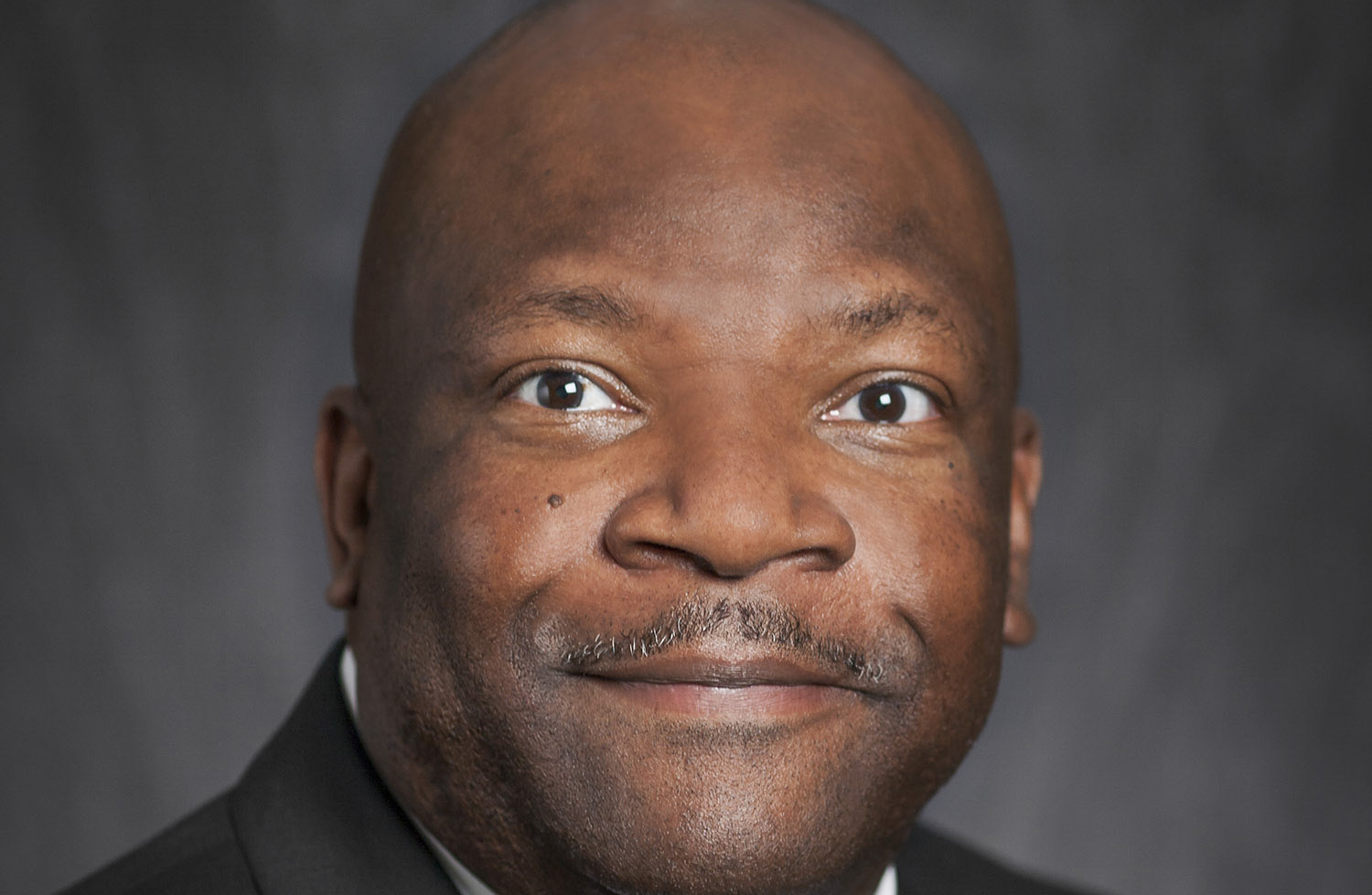
TUSCALOOSA, Ala. – A Louisiana State University social work researcher will detail the Baton Rouge Area Violence Elimination project, a grassroots initiative that has resulted in annual decreases in homicides in the city, during a colloquium Thursday, Nov. 17, at The University of Alabama.
Dr. Juan J. Barthelemy, an associate professor of social work at LSU, helped start BRAVE in 2012. The project, modeled after the Boston Operation Ceasefire project, works through multiple community institutions, including law enforcement and faith-based groups, to provide counseling for members of violent street groups and strengthen relations between police and members of the community.
Barthelemy will provide an overview of the project, which has seen a decrease of 20 murders annually in Baton Rouge, at noon in room 1803 of Capital Hall. The presentation is free and open to the public.
“There’s still a lot of work to do, but the most impactful thing – our district attorney will release this data soon – is that we’ve reduced and maintained that homicide rate,” Barthelemy said. “The cost alone of the lives saved is significant, but we’ve also saved tremendous resources in the number of people that didn’t have to be prosecuted.”
Barthelemy launched the program after receiving a grant from the Louisiana Office of Juvenile Justice and Delinquency Prevention, a department that encompasses courts, detention centers and probation systems.
Barthelemy and other organizers worked to identify two zip codes – 70805 and 70802 – where most of the violent crime and homicides were concentrated. Geography researchers at LSU created a geographic information system and heat maps of documented crimes. Researchers from LSU’s School of Human Resources Education and Workforce Development created a social networking map to identify the groups’ known members.
“We started off quarterly, and once they identified them, we invite them in for a ‘call-in’ where we talk to them about what’s going on, tell them we know who they are, their activities,” Barthelemy said. “We provide them with three alternatives: They can receive an assessment of education and employment and help to get out of the gang life; you can decline the help and find a way to put down the gun; or when the next homicide happens, if they have a case that can be taken federal, the state and feds will work together to maximize it.”
Barthelemy said reaching gang members or even those with fringe affiliations was challenging because of a general lack of trust with law enforcement, but also because of social pressure to not talk to officers. Equally challenging, he said, was to get law enforcement to change to a more community-oriented approach to working with people.
“There are ebbs and flows to the program,” he said. “The Alton Sterling shooting kind of set us back, but we had noticed a lot of progress in the communities when we do our focus groups and having an opportunity to be engaged at community meetings. People were starting to talk about feeling safer, the places where they feel safer, and that they were feeling saver to talk to police.”
Contact
David Miller, UA Media Relations, 205/348-0825, dcmiller2@ur.ua.edu
Source
Dr. Juan J. Barthelemy, assistant professor, School of Social Work, Louisiana State University, 225/578-0434, jbarthel@lsu.edu
